Key Points:
- NAD+ precursors replenish age-related NAD+ depletion to counter aging.
- NAD+ precursors counter features of aging and improve physical performance in middle-aged and older adults.
Within each of our cells, a small molecule called nicotinamide adenine dinucleotide (NAD+) mediates the biochemical reactions necessary for our survival. However, this essential molecule declines with age. Age-related NAD+ depletion has been observed in the muscle, liver, fat, brain, pancreas, spleen, heart, kidney, and lung tissue of rodents and the skin, brain, liver, and blood tissue of humans.
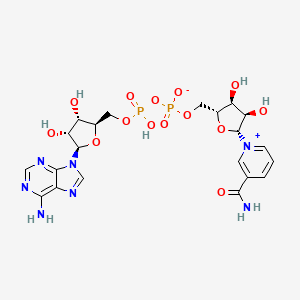
The purpose of supplementing with NAD+ precursors is to replenish NAD+ levels. This is because oral supplementation of NAD+ does not significantly elevate blood and tissue NAD+ levels. In contrast, human studies have shown that supplementing with NAD+ precursors, which our cells utilize to form NAD+, increases NAD+ levels and counters many age-related deficits. NAD+ precursors have also been shown to increase the lifespan of mice, suggesting they could do the same for humans.
The NAD+ Precursors
Molecules are synthesized in cells through enzymatic reactions, with each reaction considered a step in the synthesis pathway. Some NAD+ precursors form NAD+ with fewer chemical reactions than others. For example, tryptophan must participate in nine reactions (de novo path) to become NAD+, whereas nicotinic acid (NA) takes three reactions (Preiss-Handler path). Nicotinamide mononucleotide (NMN), on the other hand, is one step away from being synthesized into NAD+.
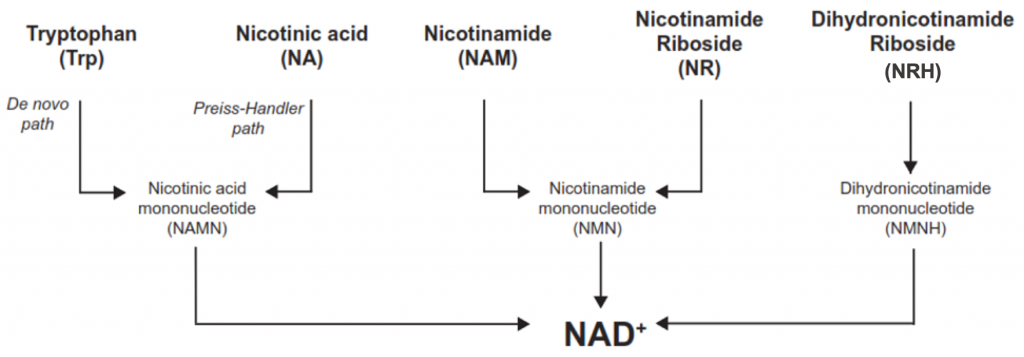
The Human Studies
Tryptophan
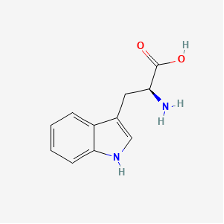
Tryptophan is an amino acid that can be found in protein-rich foods like milk, chicken, and nuts. It is likely the poorest NAD+ precursor as it is not readily synthesized to NAD+. A dietary intake of 34 to 86 mg of tryptophan is equivalent to 1 mg of niacin.
Niacin/Nicotinic Acid
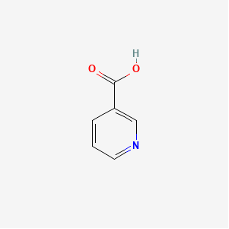
Niacin is a form of vitamin B3 that can be found in foods like beef, fish, and poultry. In a clinical study, patients with a neuromuscular disease called mitochondrial myopathy saw a replenishment in blood and muscle NAD+ levels as well as improvements in strength and performance with 1000 mg of niacin.
Nicotinic acid (NA), with the same chemical structure as niacin, has been used to lower cholesterol but causes flushing, leading to the use of NA/niacin derivatives such as acipimox. Acipimox has been shown to enhance energy production and mitochondrial function in the muscles of type 2 diabetes patients. Since these diabetes patients were about 58 years old on average, niacin and its derivatives may be a good option for older adults with type 2 diabetes.
Nicotinamide
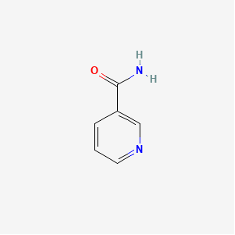
Nicotinamide is another form of vitamin B3, found in animal foods, legumes, and nuts. Nicotinamide has been tested for the prevention of type 1 diabetes in two clinical trials, one in 2004, and one in 2006. In both trials, nicotinamide failed to prevent type 1 diabetes. More research is needed to determine if nicotinamide alone has the potential to counter aging in humans. Still, combined with D-ribose, nicotinamide has been shown to improve insulin sensitivity and lower cortisol levels in middle-aged adults.
Nicotinamide Riboside

Along with NMN, nicotinamide riboside (NR) is one of the more well-studied NAD+ precursors. NR is yet another form of vitamin B3 discovered more recently, found in milk.
Clinical studies have shown that NR increases whole blood and white blood cell levels of NAD+ in middle-aged and older adults, respectively. However, it did not increase NAD+ in the muscle of older adults, even at high doses.
While NR does not seem to increase muscle NAD+ levels, it reduces blood and heart inflammatory markers. These findings suggest that NR could reduce inflammation, a major contributor of aging when chronically activated.
When it comes to endurance exercise, NR only seems to benefit older adults. NR did not improve exercise endurance after one week of supplementation in young men. However, NR did improve exercise performance in older but not younger adults.
In obese older men, NR did not improve insulin sensitivity or body composition. However, in a much smaller study, NR improved the body composition of overweight or obese adults. Still, in another study of overweight or obese middle-aged and older adults, NR did not have many effects other than increasing blood NAD+ levels. Therefore, the effect of NR on body composition in middle-aged and older adults is unclear.
Under the brand name Basis, NR has been combined with pterostilbene, which is similar to resveratrol — a plant-derived antioxidant. Basis has been shown to increase blood NAD+ levels, lower diastolic blood pressure, and improve physical performance in older adults. Basis also reduces inflammation in adults with non-alcoholic fatty liver disease. Furthermore, the NR and pterostilbene combo seems to slow the progression of amyotrophic lateral sclerosis (ALS).
As shown with ALS, NR has a more promising outlook when it comes to neurodegenerative diseases. When combined with antioxidant and metabolism-boosting compounds, NR has been shown to improve the cognition and brain structure of Alzheimer’s patients. Furthermore, NR alone improves the underlying defects of Parkinson’s disease. Overall, it seems that NR, especially when combined with antioxidants, can prevent neurodegeneration and improve cognition.
Nicotinamide Mononucleotide
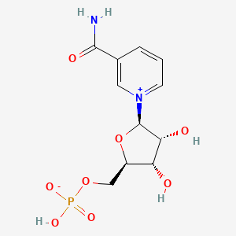
NMN is the most direct NAD+ precursor, only one enzymatic step away from forming NAD+. Relative to the other precursors, NMN has only recently been tested in clinical trials for treating age-related deficits. One study of 10 men showed that 500 mg of NMN effectively increases blood NAD+ levels. Only 125 mg of NMN was shown to nearly double blood NAD+ levels after four weeks, whereby NAD+ levels plateaued. 1000 mg of MIB-626’s (a company founded by David Sinclair) NMN also doubled blood NAD+ levels, specifically in middle-aged and older adults.
Several studies have shown that NMN improves physical performance and sleep quality. In older adults, 250 mg of NMN improves sleep quality and physical performance. This dose of NMN also improved grip strength and walking speed in older men, in addition to enhancing muscle function and mobility. Other studies have also shown that NMN improves physical performance and sleep quality. Additionally, 600 to 1200 mg of NMN improved muscle oxygen utilization and exercise performance in amateur runners.
In prediabetic, overweight or obese, postmenopausal women, 250 mg of NMN increased muscle and white blood cell NAD+ levels and improved insulin sensitivity, suggesting that NMN could prevent type 2 diabetes. Also in postmenopausal women, 300 mg of NMN improved glucose and cholesterol metabolism, hormone levels, and revered markers of skin aging.
NMN supplementation has also been shown to increase telomere length in the white blood cells of older adults. The shortening of telomeres has been associated with aging, so these findings demonstrate that NMN reverse aspects of molecular aging. In support of this, NMN has been shown to reduce the biological age of white blood cells from older adults.
A brand of NMN called Uthever, at a dose of 300 mg, was shown not to boost NAD+ levels or improve physical endurance in middle-aged in older adults, suggesting that some brands of NMN can outperform others. However, overall, it would seem that NMN can improve the physical performance and sleep quality of older adults, as well as improve skin aging and insulin sensitivity.
Choosing an NAD+ Precursor Supplement
Based on the human studies, it seems that most NAD+ precursors are safe and have little to no side effects (except for flushing in the case of unaltered niacin) for most individuals. Still, the long-term effects of these supplements in larger populations have not been tested. Also, each precursor has been tested for different age-related deficits, so it is unclear which ones are better for which deficits. NR seems to be more effective when combined with other metabolic activators, whereas NMN seems to have beneficial effects on its own.